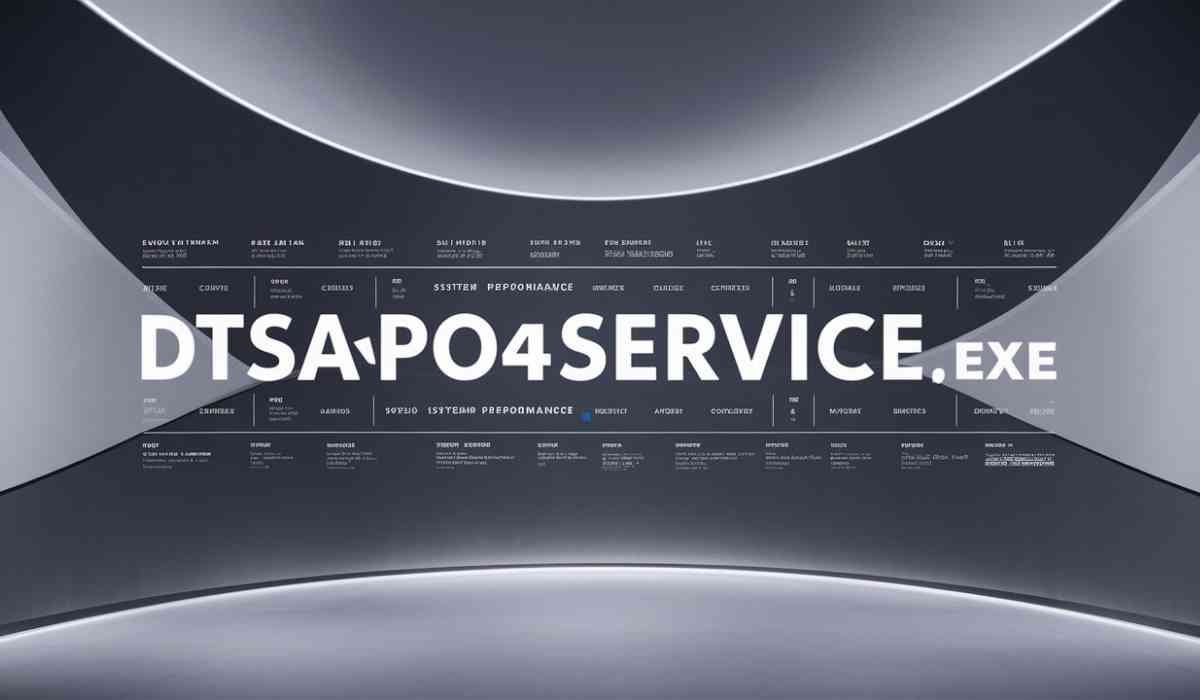When buying a pre-owned car, you want to ensure you’re getting the best deal without compromising on reliability or value, but with so many options out there, the process can quickly become overwhelming.
By following a few key steps and keeping a level head, you’ll feel much more confident in your decision and avoid falling into some common traps.
Research Before You Visit
When browsing online through a range of used cars, you may find one you’re interested in. Look into its typical reliability, common issues, and average prices. This step helps you avoid falling for overpriced vehicles or models with recurring problems. Online resources, such as forums or dedicated review sites, can offer insights from other owners that may not show up in manufacturer brochures.
Next, check trusted used car dealerships or online marketplaces. Buying from well-established sellers is often safer, as they tend to offer more transparency and have better post-purchase support. Plus, platforms with reviews or ratings give you the added reassurance that you’re dealing with a reputable seller.
Inspect Like a Pro
Here’s a used car checklist to go through for a thorough inspection:
- Exterior Bodywork: Walk around the car and check for signs of rust, dents, or uneven paintwork. These may indicate past accidents or poor maintenance.
- Under the Car: Look at the condition of the tyres. Uneven wear can be a red flag for alignment issues or suspension problems.
- Interior: Inspect the interior, from seats to dashboard and upholstery. The condition of these parts should reflect the car’s overall care and maintenance. Also, check the pedals and steering wheel. These can show how heavily the car has been used.
- Engine Bay: Lift the bonnet and examine the engine. Look for signs of leaks or rust around the engine compartment.
Test Drive Essentials
If you’re wondering how to test-drive a new or used car, follow these simple guidelines to get the most out of your test drive.
- Beyond simply driving the car for a few minutes, take it on both city roads and highways, and pay attention to how it accelerates, brakes, and handles turns.
- Listen carefully for any odd noises such as squeaks or rattles, which may point to other issues.
- Test the responsiveness of the steering and the smoothness of the ride. If the car pulls to one side or feels unsteady, it could indicate alignment issues or a problem with the suspension.
- Check the brakes by applying them gently at different speeds. If they feel spongy or noisy, it might mean the pads or discs need replacing.
The Paperwork Check
A legitimate seller should have no problem providing the car’s full-service history, which includes details of past maintenance or repairs. It’s also worth checking the MOT history to ensure the car has passed inspections without significant issues.
By being methodical in your approach, you’ll make a much more informed decision and avoid the common pitfalls many buyers fall into. Remember that taking your time, researching, inspecting thoroughly, and double-checking paperwork can ensure that your investment in a used car is both sensible and rewarding.









